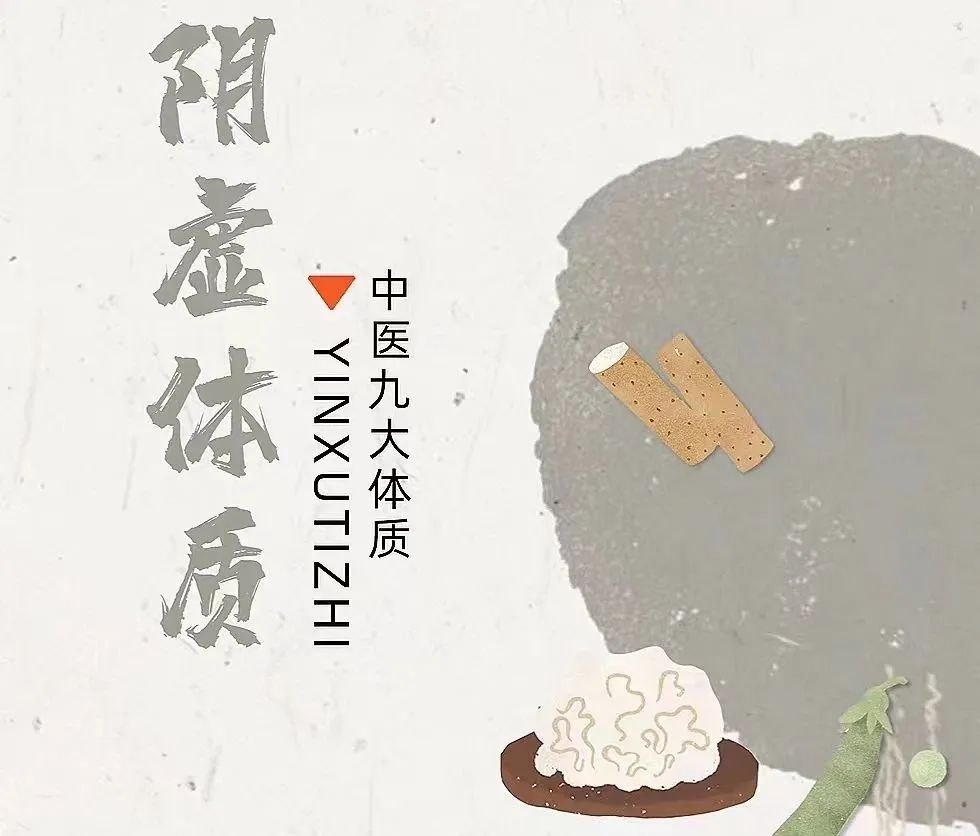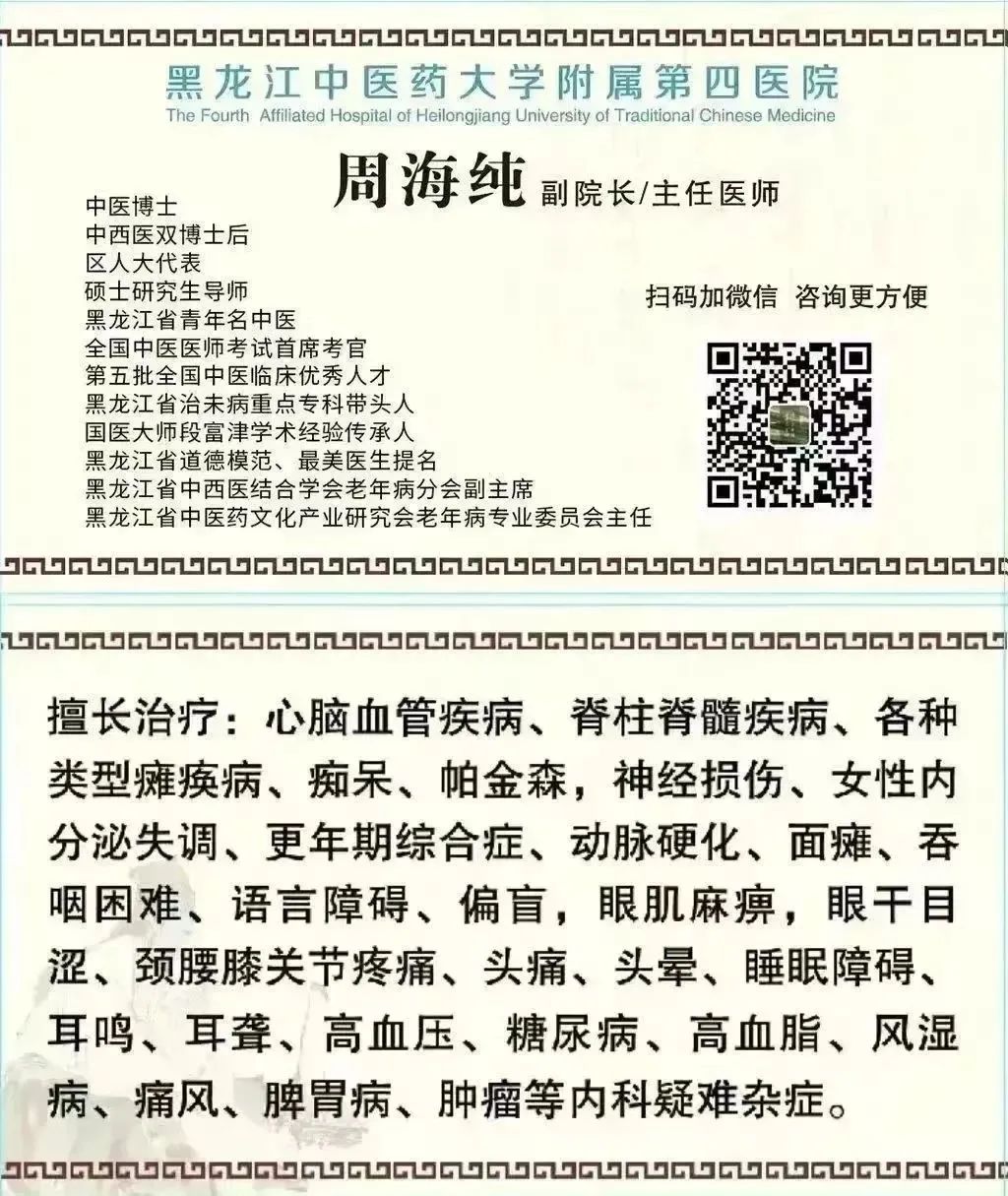Constitutional Health Preservation Yin Deficiency Constitution (Type D)
Yin Deficiency Constitution (Type D)

This video is reprinted from Bilibili UP “Seven Points of Health through TCM Dietary Therapy Classroom”
Yin Deficiency Constitution
1. General Characteristics: Deficiency of Yin fluids, characterized primarily by dryness of the mouth and throat, and heat in the palms and soles.
2. Physical Characteristics: Generally slender physique.
3. Common Manifestations: Heat in the palms and soles, dryness of the mouth and throat, slight dryness of the nose, preference for cold drinks, dry stools, red tongue with little moisture, and thin rapid pulse.
4. Psychological Characteristics: Impulsive temperament, extroverted and active, lively.
5. Disease Tendencies: Prone to conditions such as deficiency fatigue, seminal emission, and insomnia; easily affected by heat pathogens.
6. Adaptability to External Environment: Tolerates winter but not summer; sensitive to heat, summer heat, and dryness.
01 Mental Regulation
Maintain a calm mindset.Those with Yin deficiency should enhance self-cultivation, develop patience, and minimize disputes and anger.Practicing calligraphy or painting in a quiet and elegant environment is recommended. If possible, choose to travel and relax in fresh and cool seaside or mountainous areas.Listening to soothing music, such as “Serenade,” is also beneficial.
02 Exercise Regulation
Exercise should not be excessive. Due to insufficient fluids and blood in the body, individuals with Yin deficiency often experience symptoms such as dry mouth, flushed face, and reduced urination during exercise.Therefore, moderate-intensity, intermittent exercise is advisable, with attention to controlling sweat and timely hydration.Avoid high-intensity or excessive exercise, especially in hot summer or humid environments.
03 Dietary Regulation
Opt for sweet, cool, and moistening foods. Limit consumption of warming, drying, spicy, and rich foods, such as lamb, leeks, fennel, chili, scallions, garlic, sunflower seeds, alcohol, coffee, strong tea, as well as lychee, longan, cherry, apricot, jujube, walnut, and chestnut.
Acupuncture and Tuina:
1) Selected Points:Tai Xi (Tai Xi), San Yin Jiao (San Yin Jiao).
2) Simple Point Location:
(1) Tai Xi: Located on the inner side of the foot, in the depression between the inner ankle and the Achilles tendon.
(2) San Yin Jiao: Located on the inner side of the lower leg, 3 inches above the tip of the inner ankle, behind the medial border of the tibia, with the knee flexed at a right angle.
3) Effects:
Tai Xi is the source point of the Kidney meridian, which nourishes Yin, tonifies the Kidney, and strengthens the lower back and knees. San Yin Jiao is the intersection of the Liver, Spleen, and Kidney meridians, which governs blood and is the source of Qi and blood transformation. It nourishes essence, blood, and Yin, thereby improving the Yin deficiency constitution.
4) Technique:Use finger kneading technique, pressing each point for 2-3 minutes, once or twice daily.

 END
END


